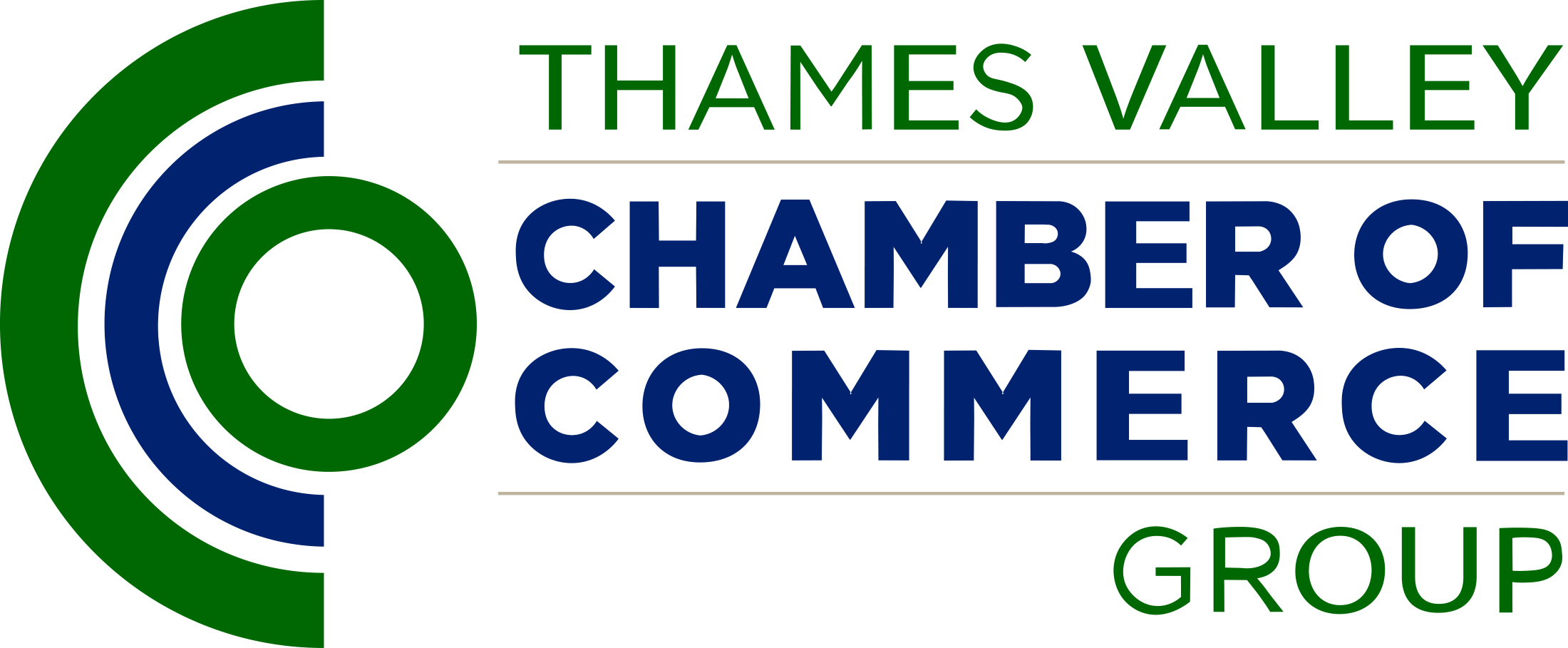
Approval for National History Museum’s new centre
The National History Museum’s plans for a new collections, digitisation and research centre at the Thames Valley Science Park have been backed.
Property consultancy Carter Jonas secured planning permission on behalf of the museum for the site in Shinfield near Reading.
The National History Museum holds more than 80 million specimens, spanning 4.6 million years. Currently, its exhibits are displayed in venues in South Kensington in London and Tring in Hertfordshire.
The museum recently benefited from £201m in government funding for the Unlocked Programme which supports an increased investment in UK science, research and development.
The funding will support what is the museum’s largest collection move in more than 140 years.
Once operational, the Thames Valley Science Park, as part of a partnership with the University of Reading, will hold approximately one third of the museum’s specimens.
They will range from a microscopic ‘water bear’ that can survive in outer space, to the remains of ancient whales.
Doug Gurr, director of the Natural History Museum, said: “This new facility allows the Natural History Museum to safely store its irreplaceable collections for generations to come. Once built, the centre will help find solutions to the planetary emergency using collections and research to answer the big questions of today including maintaining food security, improving biodiversity and addressing climate change.”
Nicky Brock, partner at Carter Jonas in Oxford, added: “The Natural History Museum cares for one of the largest collections of specimens globally, spanning billions of years. We are very pleased to have assisted the Museum in its plans, leading up to its 150th anniversary in 2031, to secure the future of this extremely important collection.”
Construction is expected to commence in early 2025, with completion targeted for 2027. The site is due to be fully operational by 2031.


